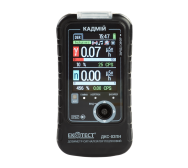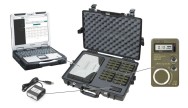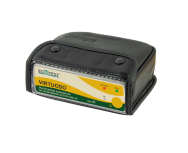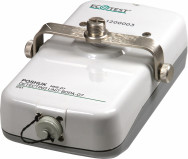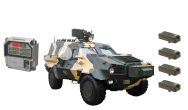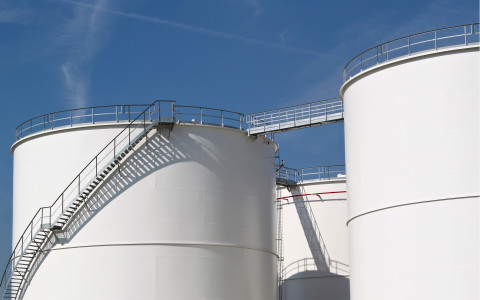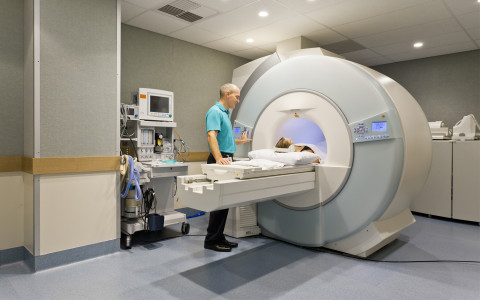Lessons Learnt from the 2004 Olympics
Arrangements for nuclear and radiation safety during the 2004 Olympics in Athens offer some important lessons. The then President of the Greek Atomic Energy Commission presented a paper on this in 2005 at the International Conference on Nuclear Security: Global Directions for the Future.
He to four different lines of safety that need to be organized to ensure nuclear security during any such major public event:
- The first line of defense relates to the physical protection of nuclear and radiological facilities. This is necessary to prevent theft and sabotage of stored radioactive materials.
- The second line of defense relates to the prevention of radioactive and nuclear materials being smuggled into the country.
- The third line of defense is to prevent the in-smuggling of radioactive materials to the event venue and all other places associated with it.
Places of accommodation, other venues for associated events, vehicles used for commuting participants, parking spaces designated for the event, etc. all come within the scope of this line of protection.
- The fourth and final line of defense consists of making an emergency response plan.
Different kinds of radiation detection equipment are necessary for different lines of defense. We describe some radiation survey meters especially important for the second and third lines of defense during any major public event.
Equipment Necessary to Ensure Nuclear Safety During Major Public Events
The International Atomic Energy Agency mentions four different categories of radiation detection instruments for deployment during any major public event. These radiation survey meters have varying levels of functionality and serve different purposes.
Different levels of trained personnel are also necessary for the effective handling of varied kinds of radiation detection equipment. However, the common feature is that they all help in detecting the presence of radioactive and nuclear materials.
Radiation Portal Monitors (RPMs)
RPMs are particularly useful to detect the presence of radioactive materials including nuclear materials at points of convergence under surveillance for the event. They help in detecting the presence of nuclear and other radioactive materials carried on any vehicle, or by any passenger or pedestrian.
RPMs need to be used in combination with other security measures at assembly points under watch. RPMs for pedestrians/passengers are typically single-sided or double-sided walk-through instruments.
Technically capable persons need to set these up. However, security personnel can operate them with some training.
RPMs for vehicles are to check the presence of nuclear or any other radioactive materials in automobiles entering the venue of the public event or any other strategic location. Like RPMs for passengers/pedestrians, these also can be single or double pillar installations at strategic points of surveillance.
Personal Radiation Detectors (PRDs)
PRDs are compact devices that security personnel wear on their belts or somewhere on their uniforms. Effective within a small distance from the source, these can alert security personnel to any increase in radiation intensity.
Trained personnel can also use these devices searching persons and small packages. The safety alarm alerts the operator if there are high doses of radioactive or nuclear materials through vibration, flashing lights, and/or audio alarms.
The two great advantages of PRDs are:
- They are relatively less expensive than other radiation detection devices
- It takes about 10 minutes to train an individual on how to use a PRD.
Hand-Held Radiation Detection Devices
These are lightweight, portable radiation detection meters such as Ecotest’s NEW PRD Cadmium or the New SPRD Spectra. They help in detecting, locating, and identifying sources of radioactive and nuclear materials.
Their deployment in major public events can accomplish three types of detection functions:
- Detection and location of the sources of gamma rays.
- Detection and location of nuclear materials or commercial neutron sources.
Portable Radiation Scanners (PRSs)
Also known as backpacks because of their shape, these are considerably more powerful than PRDs. PRSs allow security personnel to scan a larger area within a short time. Their simple alarm thresholds alert security personnel through the personal digital assistant that each operator has.
Alarms come in the form of flashing lights and/or audio sound. The average weight of backpacks is about 10 kgs. It takes around half an hour to train an individual on the use of a PRS.
PRSs consist of automated gamma spectrometers and software for radionuclide identification. They come equipped with an inbuilt GPS (global positioning system) to facilitate mapping. They are also capable of communicating results to PCs, etc.
More powerful PRSs for scanning larger areas are usually airborne monitors or vehicle monitors. Watercraft monitors are also there.
PRSs are typically deployed for pre-event surveys, but they are also useful for real-time detection in critical venues.





